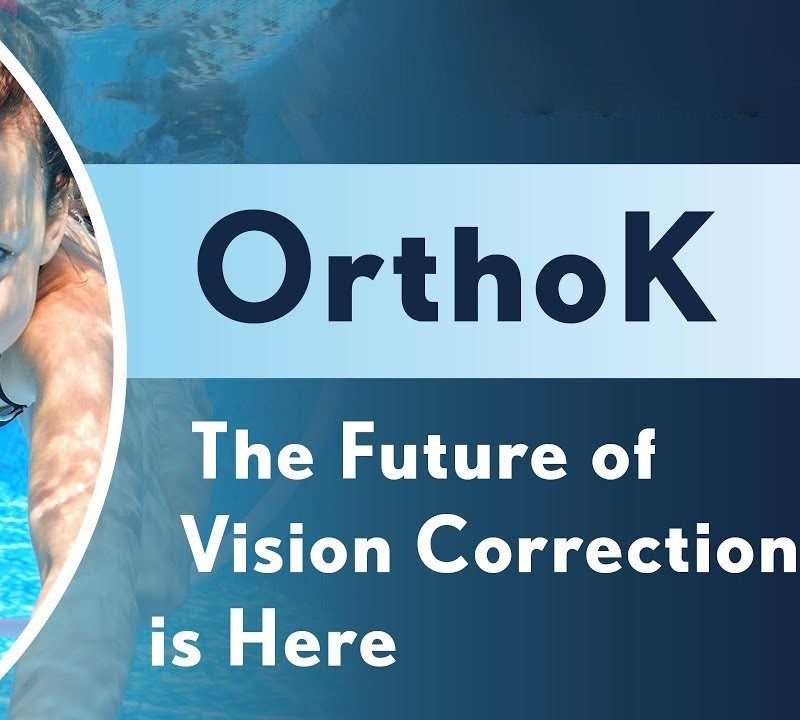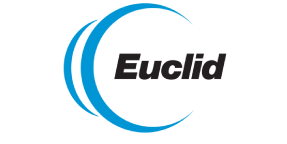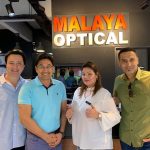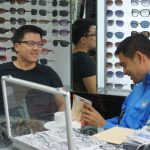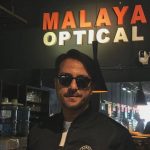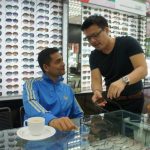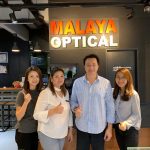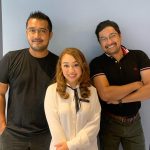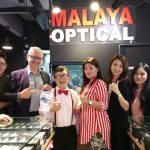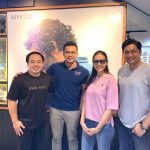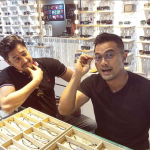If you know, eye disease management is very crucial for everyone. Eye diseases or also known as eye disorders which is an impairment that occurs in the healthy eye or a condition of abnormal functioning in one of the main organs called sight. Some eye diseases may not last long and they fall under minor eye problems. But, remember some can even cause a permanent loss of vision if it is left untreated. Common eye diseases include Refractive error, Cataracts, Optic nerve disorders, Retinal Disorders and Conjunctivitis. The best defence for all these eye problems is to get your eyes checked regularly, especially if you are experiencing any symptoms with your optometrist because not all eye diseases will show you symptoms. At Malaya Optical, we keep a record of your eye health and manage a treatment plan for you according to your eye severity level. This could help us to monitor you closely and slower down the progression of your eye disease.
Auto-Refractor (Zeiss i-Profiler)
An autorefractor was designed to measure visual acuity, which also reveals how well you see. The process involves evaluating how our eyes react to light. Providing valuable data, the autorefractor gives a good starting point to the optometrist who’s determining the prescription for your eyewear. The accuracy of this I profiler is to the limit of 0.01D.
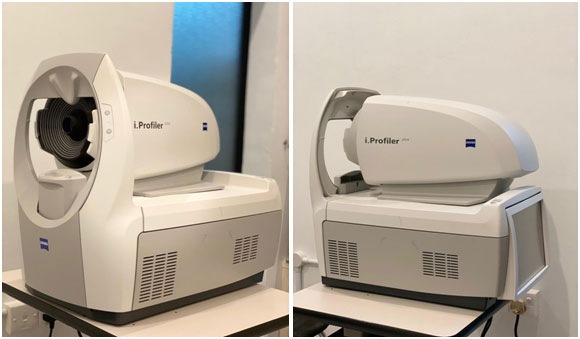
Slit Lamp (Zeiss Huvitz HS-5500)
A slit lamp is an instrument consisting of a high-intensity light source that can be focused to shine a thin sheet of light into the eye. This equipment helps the eye care practitioners to diagnose the anterior and posterior abnormalities in our eyes. The binocular slit-lamp examination provides a stereoscopic magnified view of the eye structures in detail. At Malaya Optical, we are using a high definition camera to capture each and every detail in your eyes clearly. We are able to take a video, zoom it in and out and show you what is happening to your eyes lively, with our patient concern. This camera is attached to the slit lamp and linked to the computer where we can later show you your eye in the video as seen during the eye examination. This procedure makes it easy to explain as well as you as a patient could know what is really happening in your eyes. All this information will be recorded and safe in our database so that we could monitor the progression of eye diseases of our patient, example cataract.
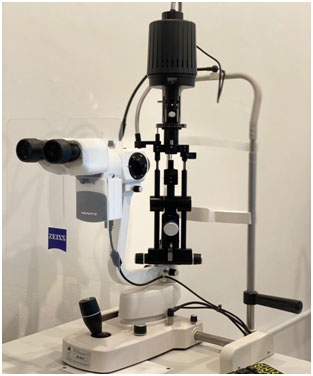
Corneal Topographer (Oculus Keratograph K5)
Gold standard topographer used in hospitals. Corneal topography produces a detailed, visual description of the shape and power of the cornea. This type of analysis provides very fine details regarding the condition of the corneal surface. These details are used to diagnose, monitor, and treat various eye conditions, example keratoconus (the thinning of corneal layer)

Non-Contact Tonometers (Reichert 7 CR)
Non-Contact Tonometers / Air-Puff Tonometer. A tonometer is a diagnostic tool used by eye care professionals to measure the intraocular pressure (IOP) inside a patient’s eyes.. A non-contact tonometer uses a small puff of air (which is why it’s many times referred to as the “puff test”) to measure an eye’s pressure. This tool is very important to detect glaucoma and at Malaya Optical we will schedule our patient to check their eye pressure at different times of the day (diurnal change).
Funduscopy (CR-1 Digital Retinal Camera)
Ophthalmoscopy, also called funduscopy, is a test that allows a professional optometrist to see inside the fundus of the eye and other structures. It is done as part of an eye examination and may be done as part of a routine physical examination. It allows us to detect any abnormality or eye diseases in the patient eye. This equipment is attached with a camera and linked to a monitor screen where we can later show you the inside of your eye as seen by us during the examination.
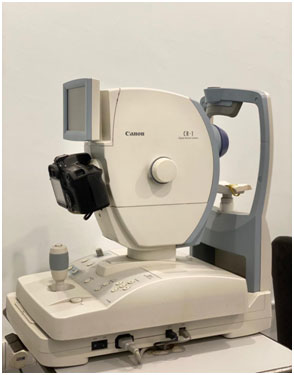
We are a primary eye care and qualified optometrist who are here to always save your eyes from severe eye diseases. By being an experienced and professional optometrist, we have our team to recommend you to the best eye subspecialist in our fingertips. By directing you to the right subspecialist, you can save your time and more importantly your eye problem can be solved by the right person. The most common age to get eye diseases is among the elderies who have several eye diseases related to their age degenerations.

The common eye diseases include refractive errors, cataract, glaucoma, age-related macular degeneration, diaberic retinopathy, amblyopia and strabismus.
- Know Your Risk. Certain factors can elevate your risk of diseases that can lead to low vision and blindness.
- Get Annual Eye Exams.
- Be Aware of Vision Changes.
- Wear UV Light Protection.
- Maintain a Healthy Diet.
- Exercise Regularly.
- Don’t Smoke.
Know your eye symptoms. Get your eyes checked with the optometrist. Follow the recommended eye treatment accordingly.
Eye disease is being diagnosed by accumulating the symptoms caused by the diseases and confirmed after examining it under the medical equipment.
There is no cure for blindness. But, as an optometrist we do provide you with suitable management under vision rehabilitation which is useful to live a daily life.
Recurrent pain in or around the eye. Hazy, blurred, or double vision. Seeing flashes of light or sudden bright floating spots. Seeing rainbows or halos around lights.
An eye disease that damages the optic nerve and impairs vision (sometimes progressing to blindness) keratoconus any disease of the cornea. macular degeneration. eye disease caused by degeneration of the cells of the macula lutea and results in blurred vision; can cause blindness.
Glaucoma: Abrupt and severe pain in your eyes and seeing halos can be signs of glaucoma. Glaucoma is an eye condition caused by elevated levels of fluid pressure in the eyes, which can potentially damage the fragile fibers of the optic nerve. This damage is irreversible and can even lead to blindness.
This problem won’t go away on its own. Sometimes you can go to vision therapy with an eye doctor to help strengthen the weak eye muscles. Often, you’ll likely need to get an optometrist, or eye care specialist, to correct it by prescription and vision management.
Eye diseases are diagnosed by using the screening assessments starting from acuity measurement to the advanced tests such as using advanced eye care equipment. This involves slit lamp biomicroscopy, funduscopy, topography, ocular coherence tomography, non contact tonometry and many more.



